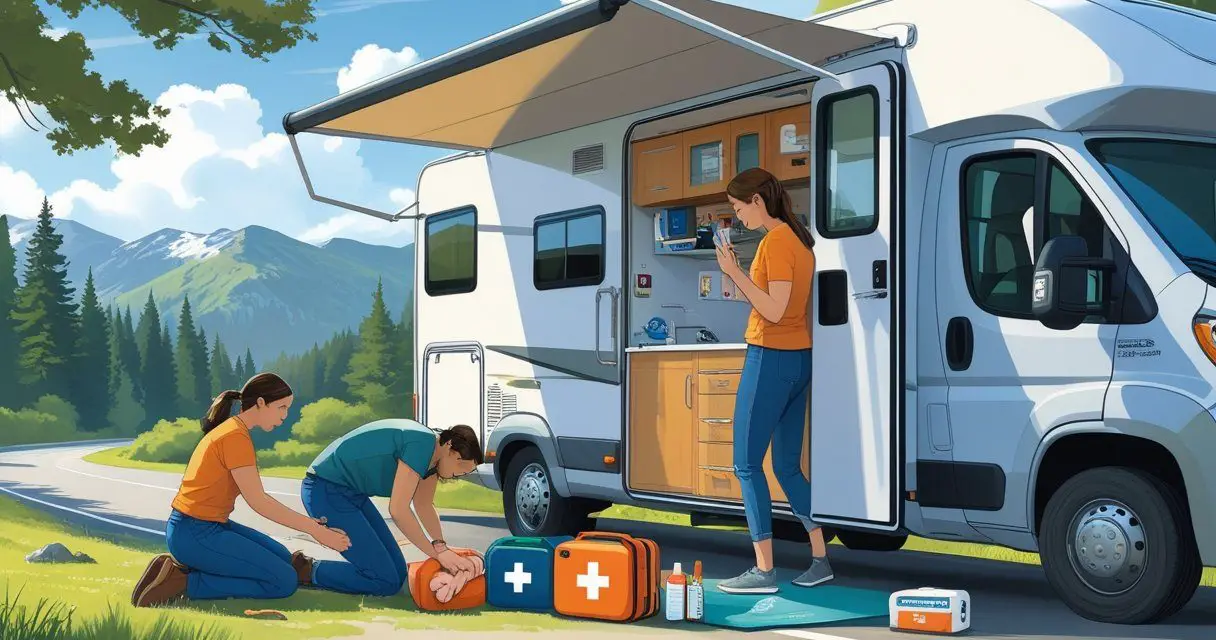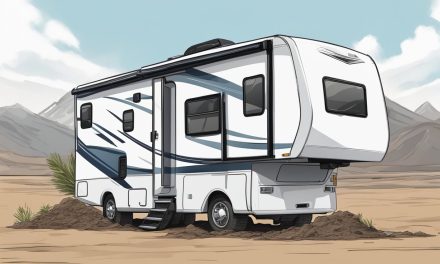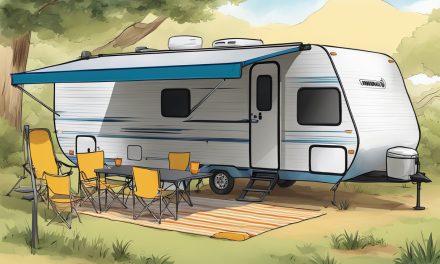Would you like to save this article?
When you’re cruising down the open road in your RV, the last thing you want to think about is a medical emergency—but being prepared can make all the difference. We recently asked our readers in the RV Adventures Newsletter how they handle health scares while traveling, and the responses were eye-opening! From telemedicine to urgent care clinics, RVers have different strategies for staying safe when things go sideways.
This poll gave us a fascinating look at the most popular options for handling medical issues on the go. Don’t forget—if you haven’t voted yet, make sure to cast your ballot in our next poll so your voice can be part of the results!
Here’s how our readers responded:
| Response Option | Percentage |
|---|---|
| Telemedicine | 0% |
| Local urgent care | 55% |
| Emergency room | 27% |
| First aid | 18% |
Urgent Care Clinics: The Clear Winner
It’s no surprise that local urgent care clinics took the top spot with 55% of the vote. These facilities offer a sweet spot between convenience and quality care—no long ER waits, but more expertise than a basic first aid kit. Many RVers prefer urgent care because they’re widespread, affordable, and equipped to handle everything from minor fractures to infections. Plus, they often accept insurance, making them a practical choice for travelers who need quick, reliable treatment.
Emergency Rooms: Reserved for the Big Stuff
Coming in second at 27%, emergency rooms are the go-to for serious medical crises. While nobody wants to visit an ER, RVers know that in life-threatening situations—severe chest pain, major injuries, or allergic reactions—it’s the only option. The downside? Long wait times and hefty bills. Still, when it’s a true emergency, the ER is the safest bet, and savvy travelers keep the nearest hospital’s location saved in their GPS.
First Aid Kits: The DIY Approach
At 18%, a solid chunk of RVers rely on their first aid skills for minor scrapes, burns, or headaches. Many seasoned travelers stock their rigs with well-equipped medical kits, knowing that a bandage or antiseptic can solve most small issues. However, this approach has limits—nobody’s stitching up a deep wound or diagnosing a mysterious fever without professional help. Still, it’s a great first line of defense!
Telemedicine: The Surprising Flop
With 0% of the vote, telemedicine was the least popular option—which might shock some digital nomads! While virtual doctors are convenient for prescriptions or consultations, they’re not always practical in remote camping spots with spotty Wi-Fi. Plus, some health issues require hands-on treatment, making telemedicine a tough sell for RVers who prioritize in-person care.
Why Did the Results Shake Out This Way?
Our theory? Convenience and practicality rule the road. Urgent care clinics strike the perfect balance between accessibility and expertise, making them the top choice. Meanwhile, ERs are essential but avoided unless absolutely necessary. First aid kits are a must-have backup, but their limitations keep them from being the primary solution. As for telemedicine—it’s a great tool, but RVers clearly prefer face-to-face care when health is on the line.
No matter your approach, the key takeaway is this: Always have a medical plan before you hit the road. Whether it’s knowing the nearest urgent care or packing extra supplies, a little preparation ensures you can keep adventuring safely.
What’s your medical emergency strategy? Let us know in the comments or vote in our next poll!





